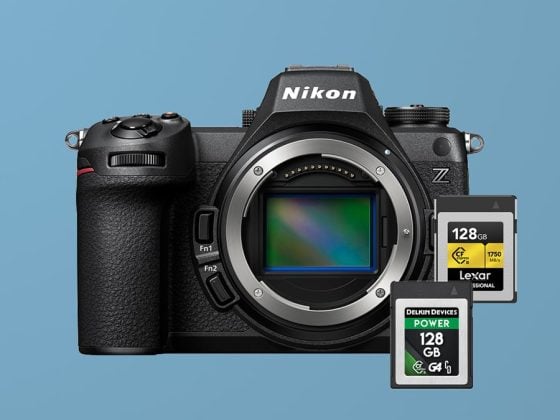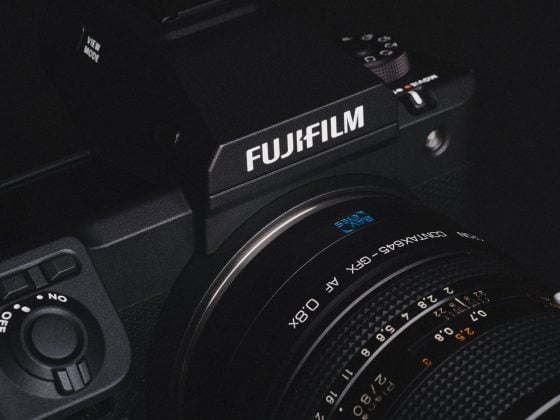The Canon EOS R10 uses a single SD card slot supporting the fastest SD cards up to the UHS-II V90 speed class.
Regarding photos, the R10 can have a continuous burst speed of 23fps.
In the video modes, it hits a max internal recording bitrate of 340Mb/s for 4K, which translates to around 42.5MB/s. This would require v60 cards, but this is in the 4K mode with the crop. The standard 4K recording tops at 170Mbps, where a U3 UHS-I card can work. So, for video, lean towards v60 cards rather than UHS-I U3 cards so you can still access all the video features if needed.
Recommended SD Cards For Canon EOS R10
While v90 cards are the fastest memory cards for the Canon R10, they might be overkill, depending on how you use the camera. If diving into this for casual fun, starting with v60 cards like Lexar 1800x or Sandisk M tough cards can save you some cash.
If you want to take advantage of the 23fps continuous burst mode as a photographer, consider the v90 cards.
| SD Memory Card Recommendations | Review Links | USB Write | USB Read | Check Price | |
|---|---|---|---|---|---|
| SD UHS-II V90 | Hide | Hide | |||
| Lexar 2000x V90 32-256GB | Lexar 2000x V90 UHS-II Review | 228 | 256 | https://geni.us/wV6t67K | Amazon / B&H |
| Sony G Tough v90 32-256GB | Sony G Tough V90 UHS-II Review | 258 | 296 | https://geni.us/BGrBOD | Amazon / B&H |
| Kingston Canvas React V90 32-256GB | Kingston Canvas React Plus V90 | 274 | 292 | https://geni.us/bz1lL | Amazon / B&H |
| SD UHS-II V60 | Hide | Hide | |||
| Sandisk Extreme Pro v60 256/512/1TB | 189 | 279 | https://geni.us/iRkYB | Amazon / B&H | |
| Sony M Tough V60 64-512GB | Sony M V60 UHS-II Review | 153 | 269 | https://geni.us/BOeP | Amazon / B&H |
Canon R10 Capacity
The Canon R10 doesn’t impose a specific limit on SD card capacity.
It hinges on your shooting habits and the format you prefer.
If your focus is mainly on compressed RAW or JPEG photos, a 128GB card should suffice. However, for enthusiasts capturing extensive 4K videos, opting for a higher capacity card, like 256GB or 512GB, might be the way to go.
Canon R10 Camera Specs
Sensor Size: 24.2MP APS-C CMOS Sensor |
Canon EOS R10 Record Times – Memory Card Capacity
Check out the table below to gauge the recording time for various card sizes and modes. For a precise estimate tailored to your specific settings, my handy tool can provide the details – bitrate-calculator.
While the Canon R10 can shoot 340Mbps with the cropped 4k modes, most people will likely use standard bitrate is 170Mbps.
It also has a 470Mbps, which is produced for timelapse.
| Canon R10 Record Times | 64GB | 128GB | 256GB | 512GB |
| 4k | ||||
| 340Mbps | 42.5MB/s | 24min | 50min | 100min | 201min |
| 170Mbps | 21.25MB/s | 50min | 100Min | 201min | 402min |
| **This website contains affiliate links. We will earn a small commission on purchases made through these links. Some of the links used in these articles will direct you to Amazon. As an Amazon Associate, I earn from qualifying purchases. |







